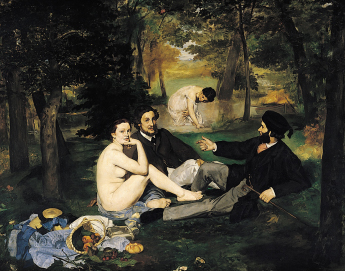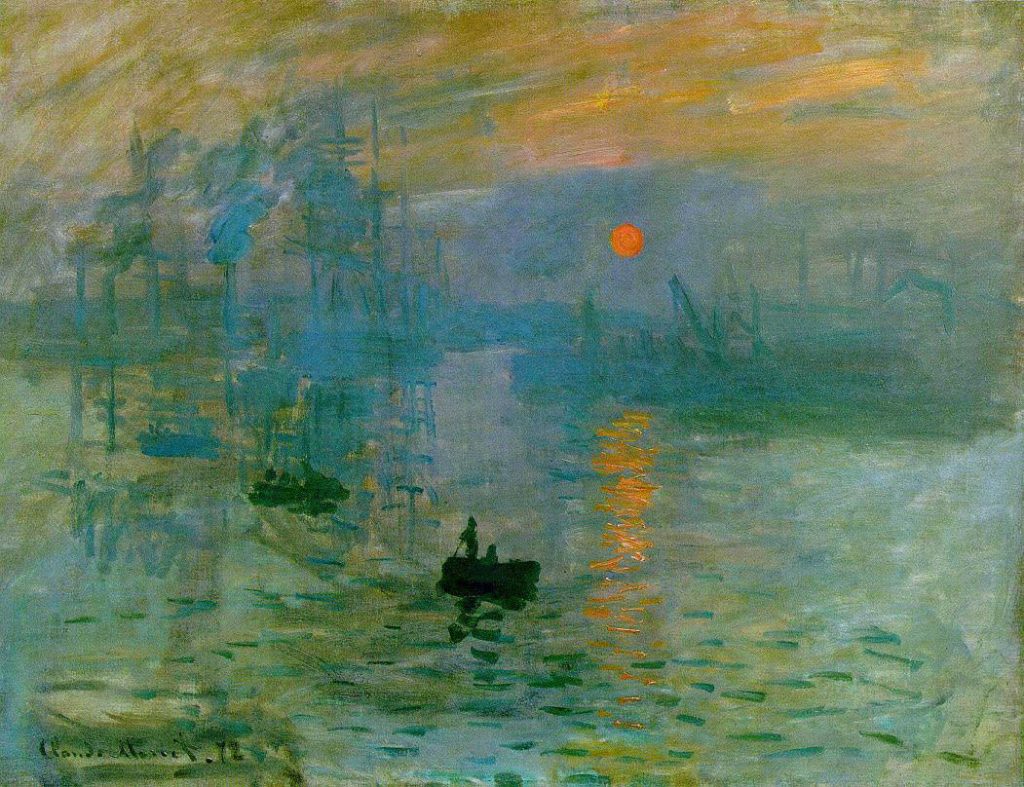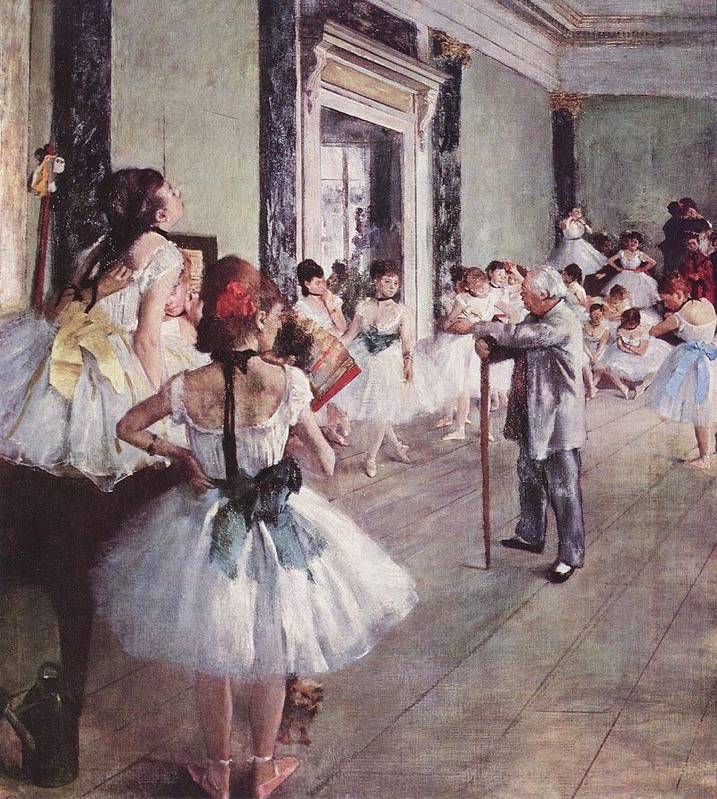First, to understand the most diverse techniques of photography (basic or in-depth) it is important to observe the origin of current photography. Thus, in this article, I will address Impressionism. Therefore, I invite you to come with me to the study of modern art and to know or remember some works or artists of the time.
Impressionism and Post-Impressionism were important artistic events that took place in Europe, in the city of Paris, at the end of the 19th century and with great force, they influenced, above all, the art of the 20th century.
Impressionism
At first, it was a movement that emerged as a kind of artistic rebellion from a group of young friends between 23 and 31 years of age, who at the time met in Paris, at an art school called Academia Switzerland, around from 1860. Friends, therefore, wanted to produce a painting different from the one already consolidated in Europe and present in the great museums.
In these institutions, there were collections of paintings from different periods of history, addressing multiple themes of humanity, painted in a naturalistic way. This means that these paintings look like real-world photographs. You can get an idea of this naturalism by looking at the images below. They are from collections belonging to the periods of Renaissance, Neoclassical and Realism art.

Lunch on the Grass
Manet's work escapes that rigor present in realistic painting. The first estrangement pointed out by the critics is the theme, where a naked woman is seen in a wood, talking to two dressed men. Thus, a “scandal” for society. The second is the way of painting: no shading, few contours, no depth to the point of having the woman dressed in the center, despite being distant from the other characters, there is an error in the representation of perspective and seems almost flying.
That was exactly what Manet wanted, as he was not interested in making a painting along the lines of academic realism. Thus, Manet's painting began to be concerned with being a space for manifestations and pictorial expressions.
In addition to Manet, two other names that are now well known, also participated in the Salon of the Refused, they are: Paul Cézanne and Camille Pissarro. But, as Gombrich quoted, the refusals were repeated in several other Halls, until eleven years later, on April 15, 1874, another remarkable event in the History of Art took place and perhaps the most significant.
Atelier of Mr. Félix Tournachon
Thus, tired of being refused in the Official Halls, about 30 artists decided to make an exhibition in the studio of Mr. Félix Tournachon. An enthusiastic art photographer, better known by the nickname of Nadar, sympathized with the artists in the situation of refusals. Among them were: Claude Monet, Paul Cézanne, Auguste Renoir, Edgar Degas, Camille Pissarro, Alfred Sisley and Berthe Morsot.
The exhibition opened at Nadar's studio, but it was not well received by the public, much less by critics.
Visitors were often outraged, mocked the quality of the work and laughed. However, some intellectuals and artists supported the artists. This exhibition lasted a month of exhibition.
The Radical Critic
The most radical and enemy of the exhibition was Mr. Louis Leroy, a popular critic of the Parisian press at the time, wrote an article entitled “The exhibition of the impressionists”, as we see:
“Obstinate savages” - wrote Louis Leroy - “do not want, laziness or incapacity, to finish their paintings. They are content with a few blots that represent their impressions. What deceivers! Impressionists! ”. The impressionist name, given so pejoratively, was successful in the artistic world. (CAVALCANTI, 1978, p. 72)
Thus, in this criticism, the term “impressionists” that Leroy used was referring to the title of a painting by Claude Monet: Impression, rising sun. See the image of this painting below:

Rising Sun
Monet, in turn, was determined to use bold and intense colors, with loose brush strokes, without any concern for the image's contours and structured shapes.
In this way, like him, his other young friends innovated the directions of Modern Painting, using this technique as well as in the theme, whose objective was to leave the studio to paint outdoors.
The artist Edgar Degas, in addition to producing urban and outdoor scenes, is well known for his paintings of dancers. See how the image below shows a scene of an intimate moment, of a possible meeting to hear the directions of the master in the dance rehearsal. It is a framing of the scene, similar to a photographic flash of everyday life. We can see dancers with their incomplete bodies, almost out of the scene. Well, Degas was interested in recording that: the moment, the fast, passing movement.

Therefore, it is important to know that artists of all times, through their art, consciously or not, advertise or appropriate the technologies available in their time.
For this reason, the expressive values of impressionism are in dialogue with the experiences and achievements of optics, physics and modern chemistry at that time.
Record the Sunshine Sensation
Thus, impressionist painting is eminently visual, it is for the eyes, in a relationship between man and nature, it ignores the soul. Well, it is inspired by the momentary realism of registering the sensation of sunlight, color and its fluid shadows in the landscape. A compact painting, which prints the dynamism of the universe, shows that everything is in constant motion. Without contours and structure, it simplifies the shape, gives the idea of totality, colorful and, above all,
produced outside the artist's studio, mostly outdoors.
Anyway, we'll meet in the next article on modern art.
So, did you like the article and want to contribute a coffee of thanks? Make your contribution through the QR Code below. Help the Foto Blog that helps you. Any value is welcome! A coffee is R$2 here, for example.

Related articles
| Make long exposure | Types of cameras | Light the principle (part 1) | Light the principle (part 2) |
Other links
| Impressionism | Saquarema | Photo | Photography | Online Gallery | FotoBlog | Claude Monet | Photographic Technique | Color Photographic Technique | Quality of a photo | What is Photography? | The Role of the Sensor | Pricing | DSLR | Compact | Lens Types | Photographic Technique 5 |





